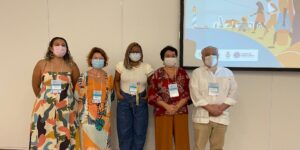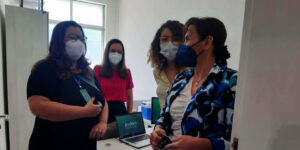Medical data security of wearable tele-rehabilitation under internet of things
Abstract: The Internet of Things (IoT)-based intelligent medical system contains confidential and sensitive information of patients. Most of the data is related to the patient’s medical information and physical information with a high degree of privacy. Therefore, the security and privacy of the data are very important. This study focuses on the privacy protection on information of data of patients during medical data sharing. First, the module structure of the IoT-based telemedicine system is analyzed. A lightweight and fine-grained retrieval and data sharing scheme is designed based on the Wireless Bodyarea Network (WBAN). The Ciphertext Policy Attribute Based Encryption (CP-ABE) scheme is improved mainly by incorporating a partial hidden encryption algorithm, and the improved one is defined as Attribute Partially Hidden Access Control (APHAC). Data users can only access the data when their attributes match the access policy formulated by the data owner. The simulation experiment factors into the storage overhead and computational overhead. The results show that when the number of attributes reaches 100, the APHAC scheme can save about 500 ms compared with the traditional CP-ABE scheme. As the number of attributes increases, only this scheme is stable, so it is more suitable for mobile devices. It can be concluded that the encrypted access control strategy proposed in this study avoids the excessive expenditure of end users in computing and storage resources while enabling users to have flexible access control.







